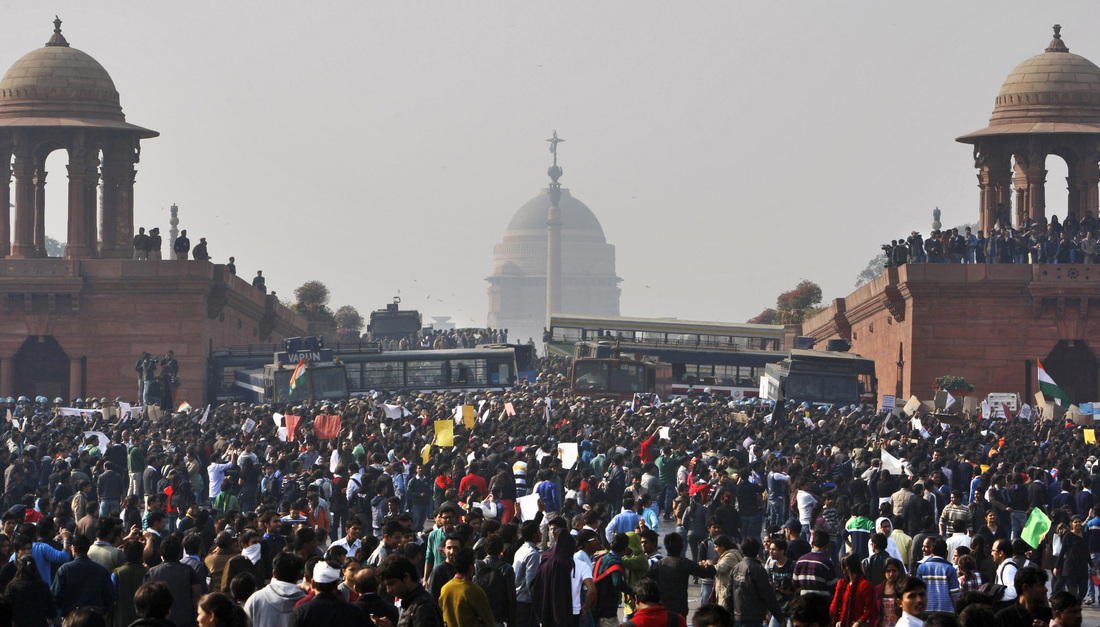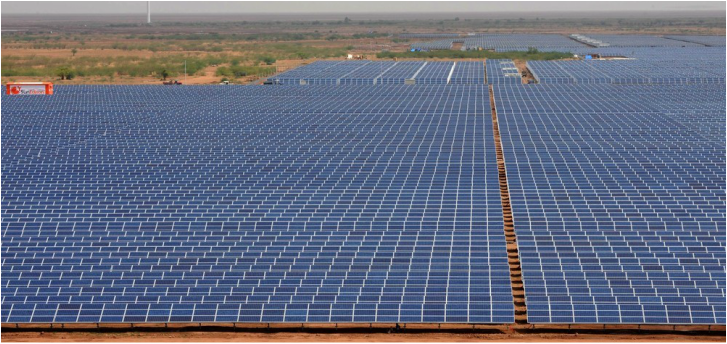|
This week, Students on Climate Change will be focusing on how different countries are dealing with climate change in anticipation of the pivotal COP21 meeting in Paris later this year. Up first is India! Just this past week, India, the world’s third largest greenhouse gas emitter, after the United States and China, has finally submitted its climate change plan to the UN before COP21 in Paris this December. Among it’s commitments, India pledged to source 40% of its electricity from renewable and other low-carbon sources by 2030 and cut its “emissions intensity” (ratio of carbon emissions per unit of GDP) by up to 35% (from 2005 levels) by 2030. India faces the unique problem of a large, growing population. Currently, the country’s population is estimated at 1.2 billion; it is projected to grow to 1.5 billion by 2030, surpassing China in 2028 with 1.45 billion people. Because of this, significant development will have to occur in the next decade, especially given that about 363 million of India’s current population lives in poverty. Of these, approximately 300 million Indians live without electricity. As one of the most vulnerable countries to climate change, India has had to get creative in finding alternative energy sources, an initiative heavily supported by Prime Minister Narendra Modi. Under his leadership, India built the Charanka solar park in Gujarat, an “ultra-mega” power project and the biggest solar park in Asia. It’s fitting, as India receives more sunlight than any other of the other top twenty economies in the world. Unfortunately, not everything’s all that great. With the increase in industrial production in the country, there has also been an increase in the burning of fossil fuels, especially coal, which India has in abundance. Coal was reported to meet 54.5% of India’s energy needs earlier this year.
To offset the increase in greenhouse gases emitted, India has proposed in its INDC to the UNFCCC to create additional carbon sinks of 2.5 to 3 billion tons of CO2 through additional forest and tree cover. With its new pledges for cleaner energy and an increase in solar power, we’ll have to hope that India stays committed to curbing climate changes as we move towards talks in Paris later this year.
0 Comments
Leave a Reply. |
Categories
All
Archives
March 2024
|


 RSS Feed
RSS Feed
